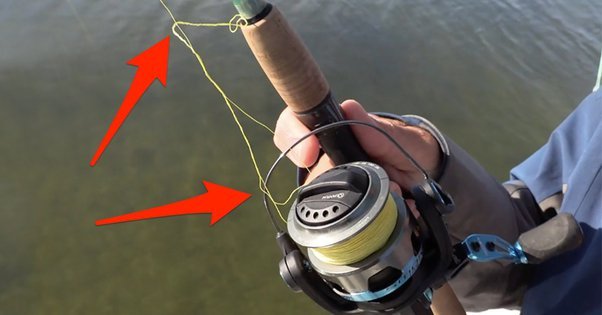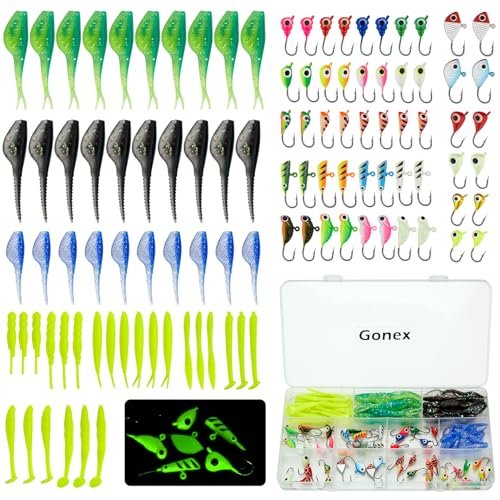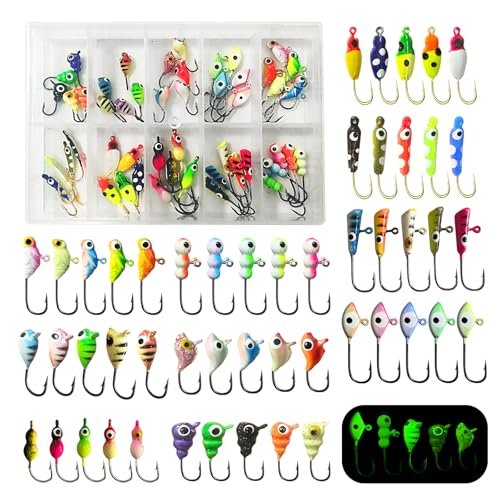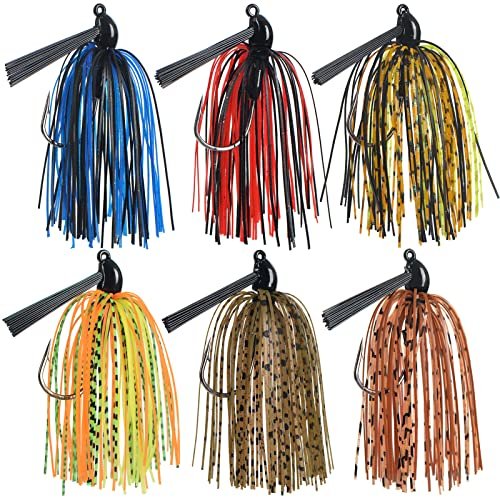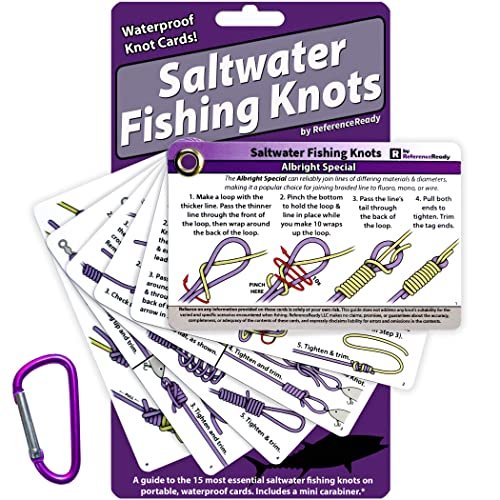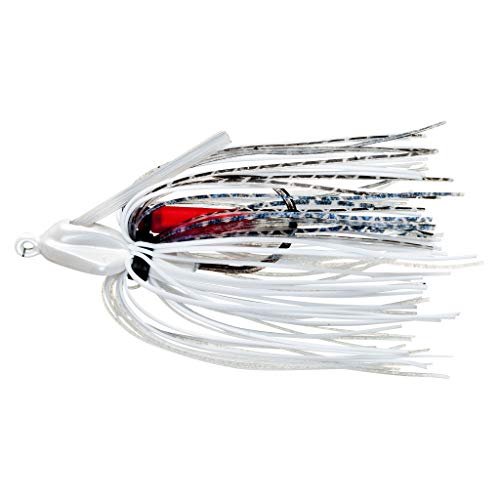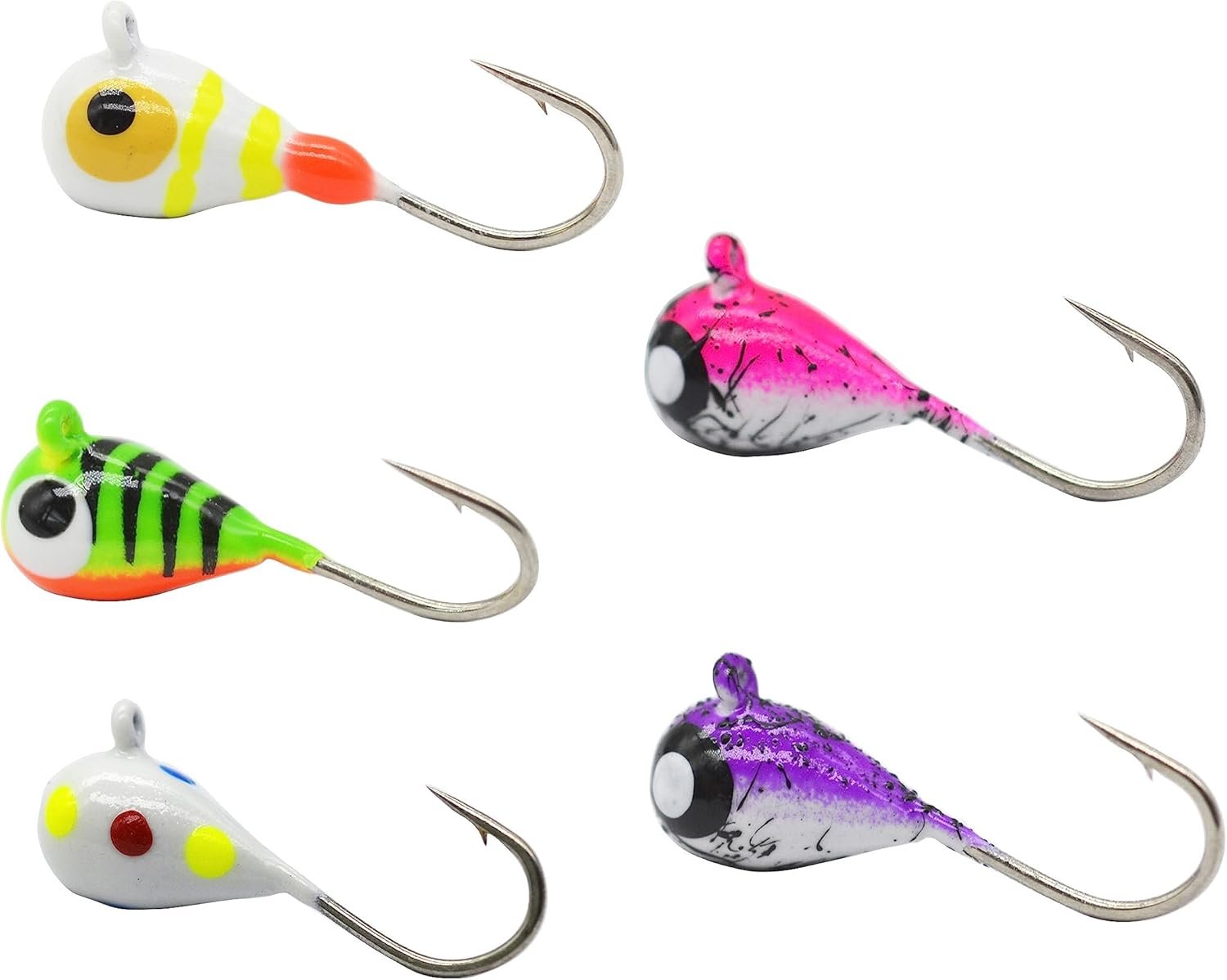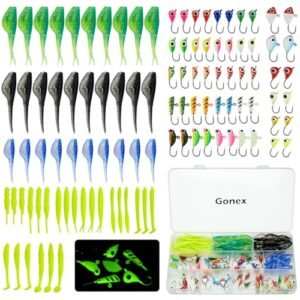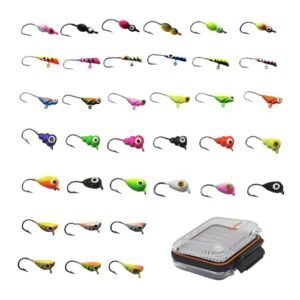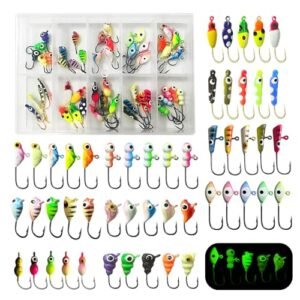Fishing can be both exciting and challenging, especially when your line snaps right in the middle of a catch. It’s crucial to act swiftly to salvage the situation. First, reel in the remaining line to assess the damage. Next, re-tie your hook or lure securely to ensure it won’t snap again.
Always carry extra fishing line and tools for such emergencies. This will help you get back to fishing quickly. Remember, preparation is key to handling unexpected situations like a snapped fishing line. Stay calm, act fast, and you’ll be back in action in no time.
The Dreaded Snap: Initial Steps
First, stay calm. Panic can make things worse. Look around and check your surroundings. Make sure you are safe. Then, inspect your fishing rod. Ensure it is not damaged. Look at the remaining line. See if it is tangled or frayed. Identify the problem before moving forward.
Secure your fishing rod to prevent it from falling. Gather all loose line to avoid tripping. Put your bait and tackle in a safe place. Make sure everything is organized. This keeps your gear in good condition. Prepare for the next steps in peace.
Identifying The Break Point
Look at the fishing line closely. Check for any visible nicks or cuts. A clean break may indicate a strong fish. A frayed break could mean the line rubbed against something sharp. Inspect the surrounding area to find the cause. Examine your fishing rod and reel for any sharp edges. Replace or fix any damaged parts.
Run your fingers along the fishing line. Feel for any rough spots or irregularities. These can cause the line to snap. A smooth line is less likely to break. Check the knots for any slipping. Re-tie them if needed. Ensure the line is properly spooled on the reel. This can prevent future breaks.
Tools And Materials For On-the-spot Repairs
Always keep a spare fishing line in your kit. Bring scissors for cutting the line. Needle-nose pliers help with tight knots. Hooks of various sizes are essential. Bobbers and sinkers are handy too. A small tackle box keeps everything organized. Make sure to have extra swivels and snaps.
In emergencies, use a paper clip as a makeshift hook. Dental floss can replace a snapped line. Rubber bands can act as bobbers. Safety pins are useful in place of snaps. Even a twig can work as a temporary bobber.

Knots To Know: Quick Fixes
The Surgeon’s Knot is perfect for quick fixes. First, overlap the two broken ends. Next, tie a simple overhand knot. Pass the ends through the loop once more. Pull the knot tight. This extra pass makes the knot strong. The Surgeon’s Knot works even with wet lines. Always trim the excess line after tying.
The Uni Knot is another great fix. Start by threading the line through the eye of the hook. Double back, forming a loop. Wrap the tag end around the double line. Do this five or six times. Pull the tag end to tighten. Slide the knot down to the hook eye. Trim any excess line. The Uni Knot is very reliable.
Temporary Solutions Vs. Permanent Fixes
A quick fix helps you continue fishing without much delay. Use a spare fishing line if available. Tie a simple knot to rejoin the line. Be sure the knot is tight. This method works for short-term fishing.
A full repair ensures your fishing line is strong. Replace the broken section with new line. Inspect the entire fishing line for weak spots. Use a proper knot for strength. This method prevents future breaks.
Preventing Future Line Snaps
Check your fishing line often. Look for any nicks or frays. Replace the line if you see any damage. Clean your line after each trip. This helps remove dirt and salt. Use a soft cloth to wipe it down. Store your line in a cool, dark place. Avoid leaving it in the sun. Sunlight can weaken your line over time.
Pick a line weight that matches your fishing style. Lighter lines are great for smaller fish. Heavier lines work better for big fish. Check your rod’s weight recommendation. Use that as a guide. Always match the line to your fishing rod. This helps prevent breaks. Consider using a braided line. They are strong and durable.
Troubleshooting Common Causes Of Line Failure
Rocks and debris can damage your fishing line. Inspect your line regularly for nicks and cuts. Replace the line if it feels rough. Fish can also cause abrasion with their teeth. Using a leader can help prevent this. Check the guides on your rod. Damaged guides can also wear down the line.
Old line can become brittle and weak. Store your line in a cool, dry place. Avoid direct sunlight as it degrades the material. Replace your line every season to ensure strength. Keep your spool clean to avoid dirt and grime. Proper storage extends the life of your line.
Learning From The Snap: Improving Technique
Try to cast with a smooth motion. Avoid jerky movements. This helps the line stay strong. Check your line often for wear and tear. Replace it if needed. A new line is less likely to snap. Practice your casting regularly. This improves accuracy and strength. Use the right lure for the type of fish you are catching. A heavy lure can put extra stress on the line.
Keep your rod tip up when reeling in a big fish. This reduces stress on the line. Use a net to help bring the fish in. A net supports the fish’s weight. Set the drag properly on your reel. Too much drag can snap the line. Be patient and let the fish tire out. Rushing can cause mistakes. Check your knots before casting. Weak knots can fail under pressure.
When To Call It A Day
Check your fishing rod and reel for any signs of damage. Look for cracks or bends in the rod. Examine the reel for smooth operation. Make sure the line spool is not tangled. Inspect the line guides for wear or damage. Ensure the line is not frayed or weakened.
Stay aware of your surroundings. Always be cautious near water. Wear a life jacket if fishing from a boat. Keep a first aid kit handy. Use sunscreen to protect your skin. Inform someone about your fishing location. Avoid fishing alone in remote areas.
Beyond The Break: Upgrading Your Fishing Line
New fishing lines are stronger and more durable. Braided lines offer less stretch and better sensitivity. Fluorocarbon lines are nearly invisible underwater. Monofilament lines are versatile and user-friendly. Hybrid lines combine the best features of different materials. Choose the right line for your fishing needs.
Consider the type of fish you target. Think about water conditions where you fish. Match your line to your fishing rod and reel. Personal preferences play a big role. Test different lines to find your favorite. Always carry extra line on your trips.

Credit: www.amazon.com
Frequently Asked Questions
Why Is My Fishing Line Snapping?
Your fishing line might be snapping due to weak knots, worn-out line, excessive tension, or sharp objects. Check for damage and use proper techniques to prevent breakage.
What Causes Fishing Lines To Break?
Fishing lines break due to abrasion, overloading, knots, and old age. Sharp objects and improper storage also weaken the line.
Why Did My Line Snap When Casting?
Your line might snap due to overloading, frayed line, or incorrect casting technique. Check line strength and condition.
How To Prevent A Rod From Snapping?
To prevent a rod from snapping, use high-quality materials. Avoid overloading the rod. Ensure proper storage and maintenance. Regularly check for wear and damage. Follow manufacturer guidelines for usage.
Conclusion
Losing a catch due to a snapped fishing line can be frustrating. Always carry extra fishing lines. Practice retying knots efficiently. Stay calm and remember, patience is key. With these tips, you can minimize disruptions and enjoy a more successful fishing experience.
Happy fishing!
